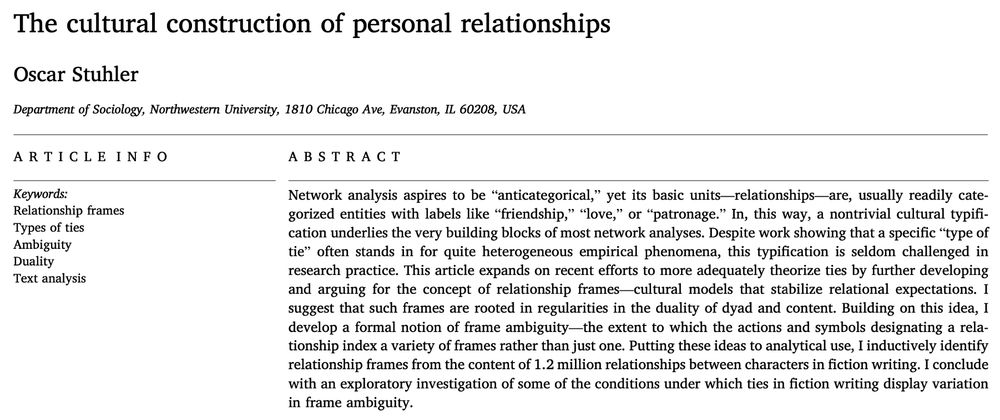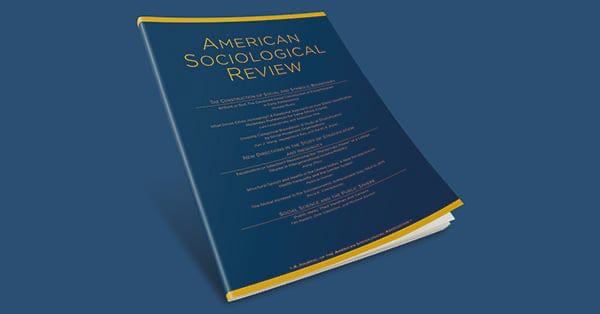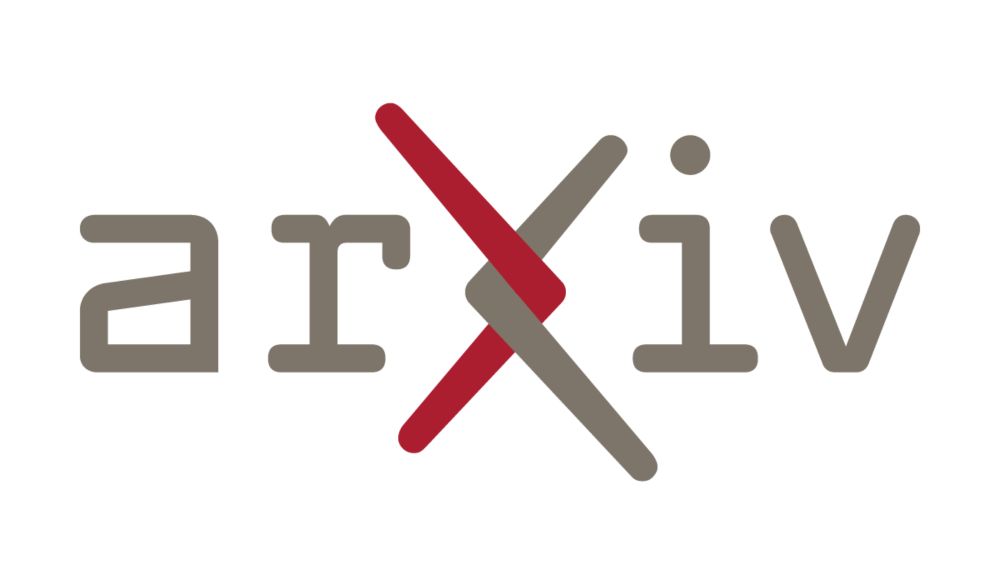
Culture, political sociology, NLP, social networks, computational social science
oscarstuhler.org
doi.org/10.1177/0049...
(Preprint @socarxiv.bsky.social: osf.io/wjvfq_v1)




We argue that one of the most important use cases of generative LLMs for social scientists is transforming unstructured content into structured data.
Our article shows how to do that — and what can go wrong.

🚀Out now: sociologicalscience.com/articles-v12...

🚀Out now: sociologicalscience.com/articles-v12...
We are recruiting a #PostDoc and a #PhD candidate 🧵:
#PoliSky #PoliSkyJobs #polsci 🌐
We are recruiting a #PostDoc and a #PhD candidate 🧵:
#PoliSky #PoliSkyJobs #polsci 🌐
Assistant or Associate Professor Position in Computational Sociology @crestsociology.bsky.social @ipparis.bsky.social
Details here (please RT)
www.shorturl.at/E57le

Assistant or Associate Professor Position in Computational Sociology @crestsociology.bsky.social @ipparis.bsky.social
Details here (please RT)
www.shorturl.at/E57le
Applications are due next Wednesday, 10/15.
Applications are due next Wednesday, 10/15.
We are looking for a post-doc with a background in social sciences, interested in NLP and in media & journalism studies.
Details here: www.css.cnrs.fr/post-doctora...
We are looking for a post-doc with a background in social sciences, interested in NLP and in media & journalism studies.
Details here: www.css.cnrs.fr/post-doctora...


journals.sagepub.com/doi/10.1177/...

journals.sagepub.com/doi/10.1177/...
www.youtube.com/watch?v=NXYg...

www.youtube.com/watch?v=NXYg...
Network analysis aspires to be “anticategorical,” yet its basic units—relationships—are usually readily categorized ('friendship,' 'love'). Thus, a nontrivial cultural typification is asserted in the very building blocks of most network analyses.
doi.org/10.1016/j.so...

Network analysis aspires to be “anticategorical,” yet its basic units—relationships—are usually readily categorized ('friendship,' 'love'). Thus, a nontrivial cultural typification is asserted in the very building blocks of most network analyses.
doi.org/10.1016/j.so...
Here's a thread on each of the ten papers:

Here's a thread on each of the ten papers:
doi.org/10.1177/0003...

doi.org/10.1177/0003...
Information about Text classification; Information Extraction, Text Clustering with encoders and decoder models.
Information about Text classification; Information Extraction, Text Clustering with encoders and decoder models.
My new study in @intlinteractions.bsky.social develops targeted #NLP / #TextAsData tools to analyze 50 years of foreign policy discourse in the annual #UN General Debate (1970–2020).
A thread (1/n)

My new study in @intlinteractions.bsky.social develops targeted #NLP / #TextAsData tools to analyze 50 years of foreign policy discourse in the annual #UN General Debate (1970–2020).
A thread (1/n)
rdcu.be/etk07
The link above will be open-access for a month — plus, I'll reply to this post with a link to a permanently open preprint. +
rdcu.be/etk07
The link above will be open-access for a month — plus, I'll reply to this post with a link to a permanently open preprint. +

aiforhumanists.com/tutorials/
aiforhumanists.com/tutorials/

📍SweCSS, Norrköping, Sweden
⏰Deadline June 3
🔗https://liu.se/en/work-at-liu/vacancies/26854
Please apply // help us spread the word

📍SweCSS, Norrköping, Sweden
⏰Deadline June 3
🔗https://liu.se/en/work-at-liu/vacancies/26854
Please apply // help us spread the word
In this paper, now out at Sociological Methods & Research, we study the emerging use of AI among online study participants.

In this paper, now out at Sociological Methods & Research, we study the emerging use of AI among online study participants.
doi.org/10.1017/ssh....
doi.org/10.1017/ssh....
We argue that one of the most important use cases of generative LLMs for social scientists is transforming unstructured content into structured data.
Our article shows how to do that — and what can go wrong.
doi.org/10.1177/0049...
(Preprint @socarxiv.bsky.social: osf.io/wjvfq_v1)




We argue that one of the most important use cases of generative LLMs for social scientists is transforming unstructured content into structured data.
Our article shows how to do that — and what can go wrong.



